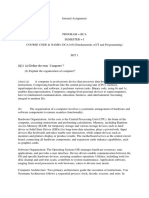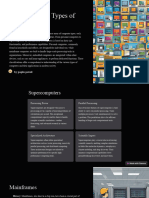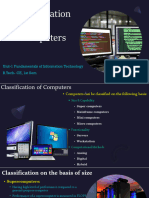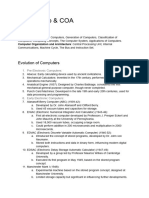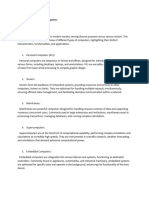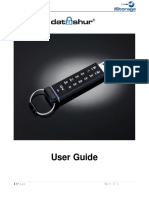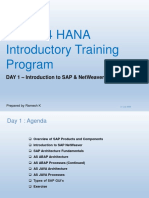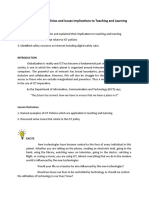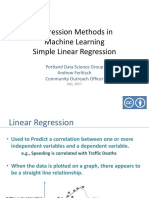0% found this document useful (0 votes)
8 views5 pagesDefine Types of Computers
The document provides a comprehensive guide on various types of computers, including supercomputers, mainframes, minicomputers, microcomputers, workstations, servers, embedded systems, mobile devices, hybrid computers, analog vs digital computers, and quantum computers. Each type is defined, described in terms of architecture and scientific terms, and detailed with applications and examples. Additionally, it highlights the fields of scientific computing that utilize these computer types for specific purposes.
Uploaded by
kurneatharvaCopyright
© © All Rights Reserved
We take content rights seriously. If you suspect this is your content, claim it here.
Available Formats
Download as DOCX, PDF, TXT or read online on Scribd
0% found this document useful (0 votes)
8 views5 pagesDefine Types of Computers
The document provides a comprehensive guide on various types of computers, including supercomputers, mainframes, minicomputers, microcomputers, workstations, servers, embedded systems, mobile devices, hybrid computers, analog vs digital computers, and quantum computers. Each type is defined, described in terms of architecture and scientific terms, and detailed with applications and examples. Additionally, it highlights the fields of scientific computing that utilize these computer types for specific purposes.
Uploaded by
kurneatharvaCopyright
© © All Rights Reserved
We take content rights seriously. If you suspect this is your content, claim it here.
Available Formats
Download as DOCX, PDF, TXT or read online on Scribd
/ 5


















